Behind-the-scenes facts about classic rock songs you love
Classic rock songs have been the soundtrack to many lives, yet even the most dedicated fans might not know the hidden stories behind these iconic tunes. From unexpected inspirations to unique recording techniques, each song has its own fascinating backstory.
By diving into these tales, we uncover the magic that makes classic rock timeless. So, grab your headphones and get ready to explore the intriguing narratives that have shaped some of the greatest hits in music history.
The Surprising Origins of “Stairway to Heaven”

Led Zeppelin’s “Stairway to Heaven” is often hailed as one of the greatest rock songs of all time. The song’s inception is just as intriguing as its legacy.
According to legend, it was conceived in a remote cottage in Wales, where Jimmy Page and Robert Plant sought inspiration away from the hustle and bustle. The song’s lyrics, which touch on themes of spiritual enlightenment, were penned by Plant in a single evening, capturing the ethereal atmosphere of their surroundings.
The Unlikely Inspiration Behind “Bohemian Rhapsody”

Queen’s “Bohemian Rhapsody” is a masterpiece of operatic rock, yet its origins are as eclectic as the song itself. Freddie Mercury was inspired by a mix of opera, rock, and the whimsical nature of Lewis Carroll’s writings.
Mercury, known for his love of theatricality, wanted to create something that defied conventional song structures. Despite initial skepticism from the band and producers, this daring approach paid off, and the song became a defining piece of the band’s legacy.
“Hotel California” and Its Mysterious Lyrics

The Eagles’ “Hotel California” is famous for its haunting lyrics and mysterious narrative. The song was written by Don Felder, Don Henley, and Glenn Frey, and it explores themes of hedonism and the dark side of the American dream.
The lyric “You can check out any time you like, but you can never leave” has sparked endless speculation about its true meaning. Henley has described the song as a commentary on the excesses of the music industry and the illusion of paradise.
The Unique Recording Techniques of “Smoke on the Water”
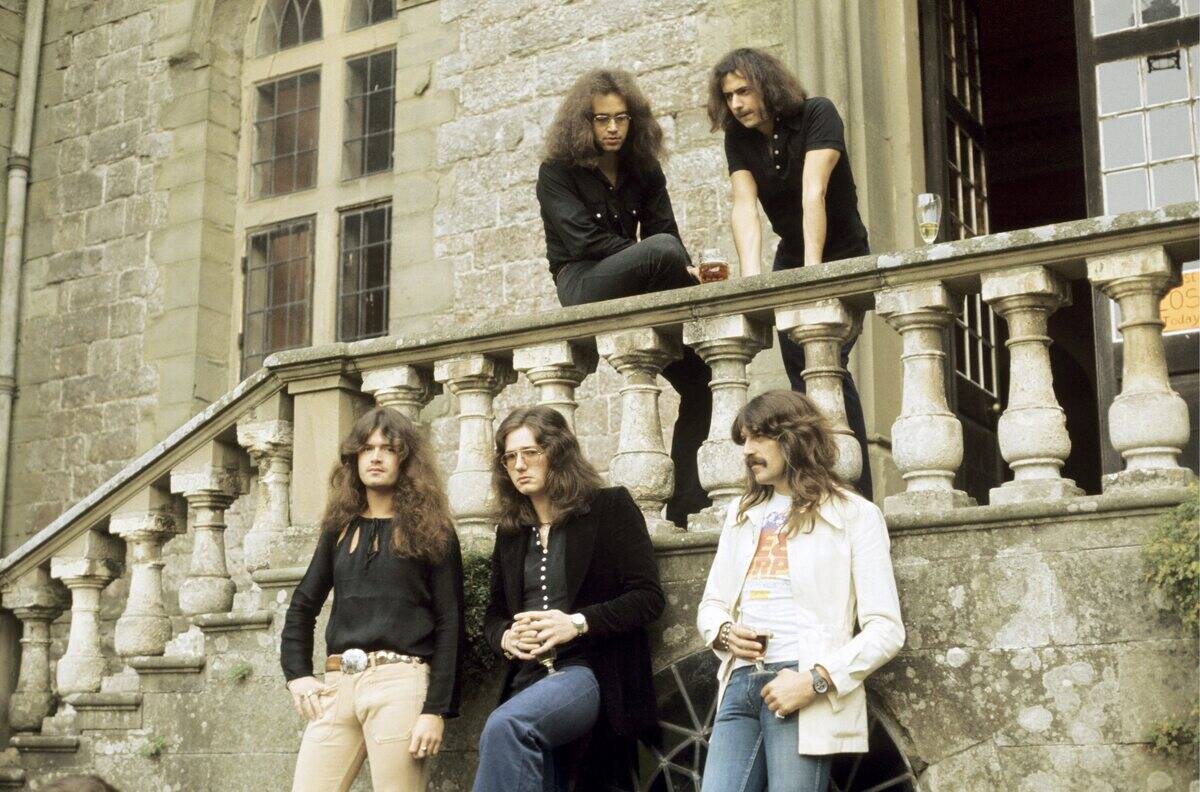
Deep Purple’s “Smoke on the Water” boasts one of the most recognizable guitar riffs in rock history. The song was inspired by a real event—a fire that broke out during a Frank Zappa concert in Montreux, Switzerland.
The band used unconventional recording techniques, including capturing the sound of an organ playing through a Marshall stack at full volume to double the guitar tone. This raw and powerful sound became a hallmark of their music, and the song’s live feel was no accident.
How a Dog Inspired “Black Dog” by Led Zeppelin

The story behind Led Zeppelin’s “Black Dog” is as playful as the song’s infectious rhythm. The title was inspired by a nameless black Labrador retriever that wandered around the band’s recording studio during the sessions for their fourth album.
The song’s intricate time signature and bluesy feel reflect the band’s desire to create something both complex and catchy. “Black Dog” became a staple of Zeppelin’s live performances, showcasing their ability to blend power with precision.
The Real “Sweet Child o’ Mine” in Guns N’ Roses’ Hit

Guns N’ Roses’ “Sweet Child o’ Mine” is a love letter wrapped in rock ‘n’ roll. Written by Axl Rose, the lyrics were inspired by his then-girlfriend, Erin Everly. The song’s iconic opening riff was a happy accident, born from Slash’s guitar warm-up routine.
Despite its rocky road to completion, “Sweet Child o’ Mine” became a massive hit, catapulting the band to international fame and proving that heartfelt lyrics and raw energy make for a timeless combination.
“Born to Run” and Bruce Springsteen’s Quest for Perfection
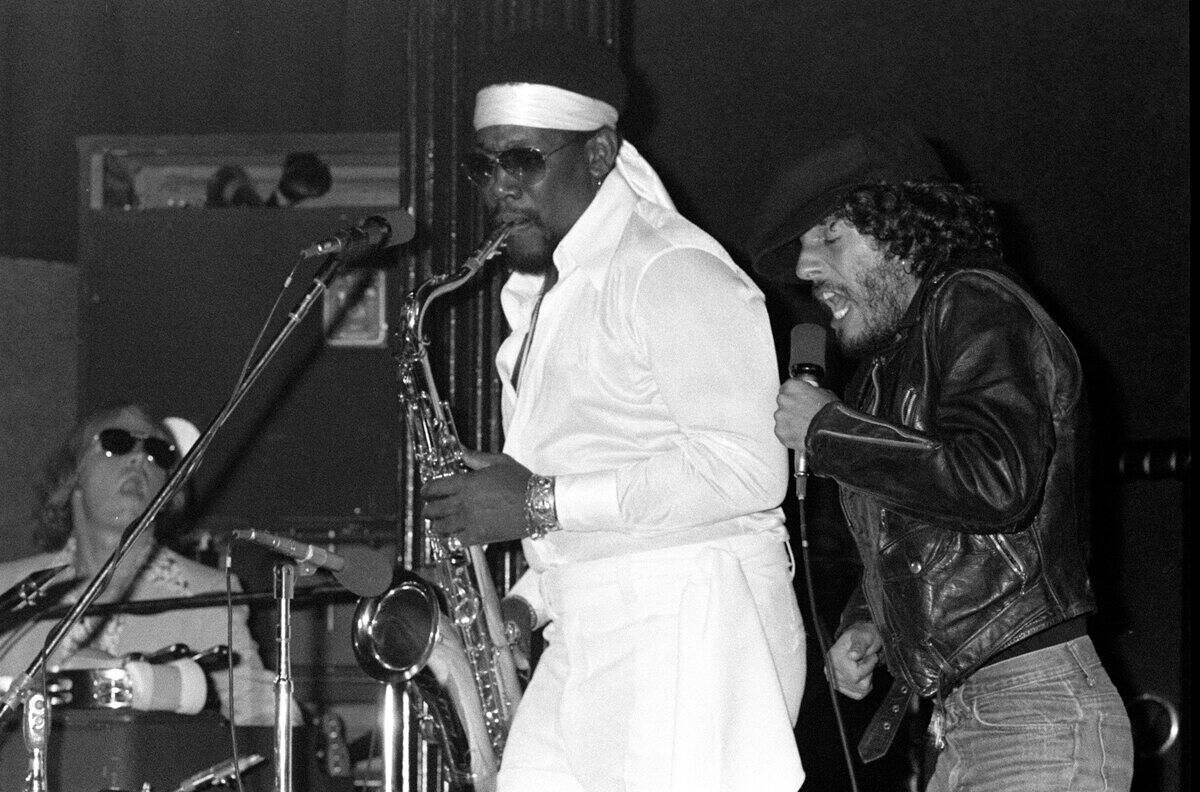
Bruce Springsteen’s “Born to Run” is an anthem of escape and ambition, meticulously crafted to perfection. Springsteen and his band spent months in the studio, striving to capture the song’s epic sound.
Inspired by Phil Spector’s Wall of Sound, Springsteen layered countless tracks to build an orchestral feel. The hard work paid off, as “Born to Run” became his breakthrough hit, epitomizing the restless spirit of the American dream and solidifying Springsteen’s status as a rock icon.
How “Dream On” Became Aerosmith’s Breakthrough Anthem
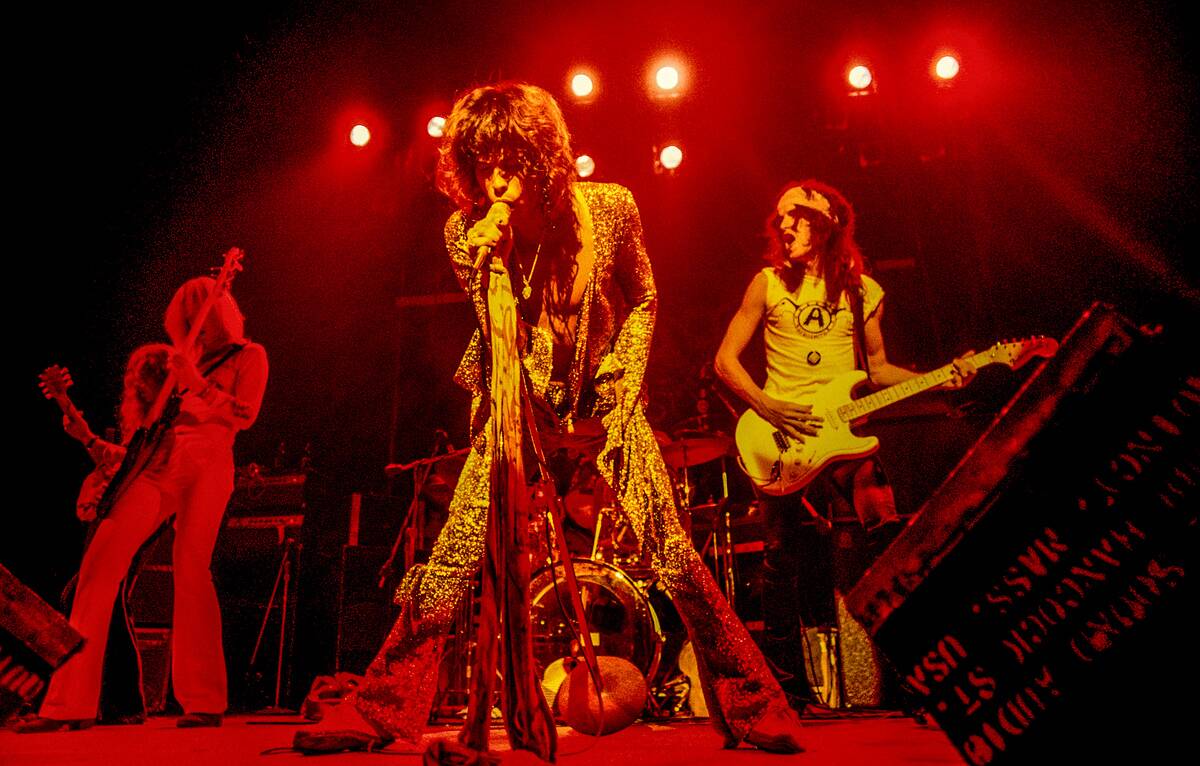
Aerosmith’s “Dream On” is a testament to perseverance and the power of a timeless melody. Written by Steven Tyler when he was just a teenager, the song reflects his dreams and aspirations.
Initially, “Dream On” didn’t gain much traction, but its re-release catapulted the band to stardom. The song’s haunting piano and Tyler’s distinctive vocals struck a chord with audiences, proving that a great song can find its moment, even if it takes a little time.
The Political Undertones of “Fortunate Son”

Creedence Clearwater Revival’s “Fortunate Son” is more than just a catchy rock tune; it’s a powerful protest song. Written by John Fogerty, it critiques the disparity between those who serve in war and those who evade it due to privilege.
Released during the Vietnam War, the song became an anthem for the anti-war movement. Its driving rhythm and biting lyrics capture the frustration of a generation, making it a timeless piece of social commentary.
The Accidental Origins of “You Really Got Me” by The Kinks
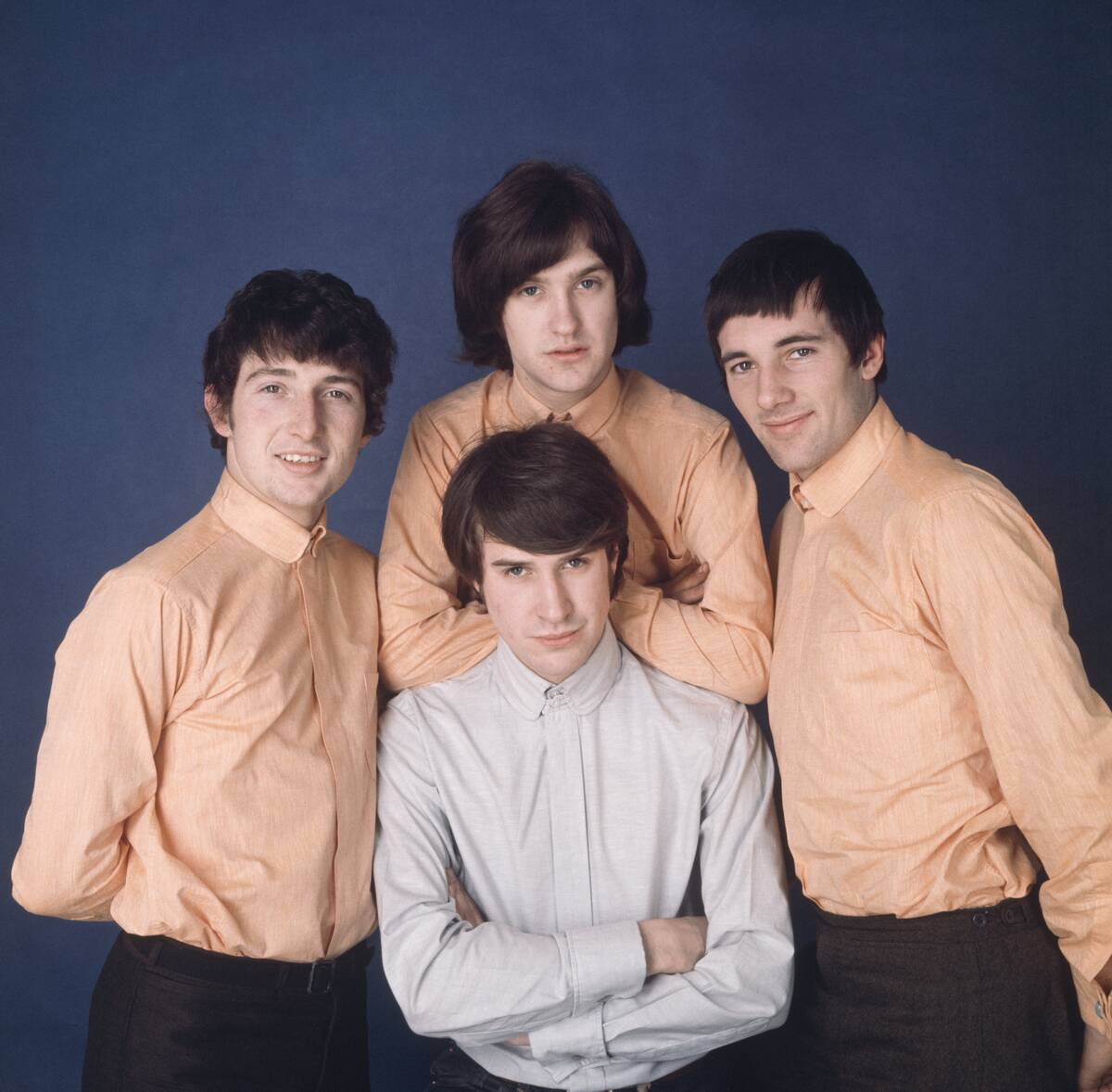
“You Really Got Me” by The Kinks is a raw, energetic classic that almost didn’t happen. The song’s iconic riff was born from an impromptu jam session, with guitarist Dave Davies experimenting with distorted sound.
By slashing his amplifier speaker cone, Davies created the gritty effect that defined the track. This happy accident not only gave the song its signature sound but also helped usher in the hard rock and punk movements of the following decades.
“Another Brick in the Wall Part 2” and Its School Choir Controversy

Pink Floyd’s “Another Brick in the Wall Part 2” is famous for its rebellious message and children’s choir. The inclusion of a school choir was a bold move, adding a haunting layer to the song’s critique of the educational system.
However, it sparked controversy when the children involved were initially not compensated. Despite the uproar, the song became a massive hit, resonating with listeners who shared in the disillusionment with authoritarian structures.
The Improvisational Magic Behind “Free Bird”
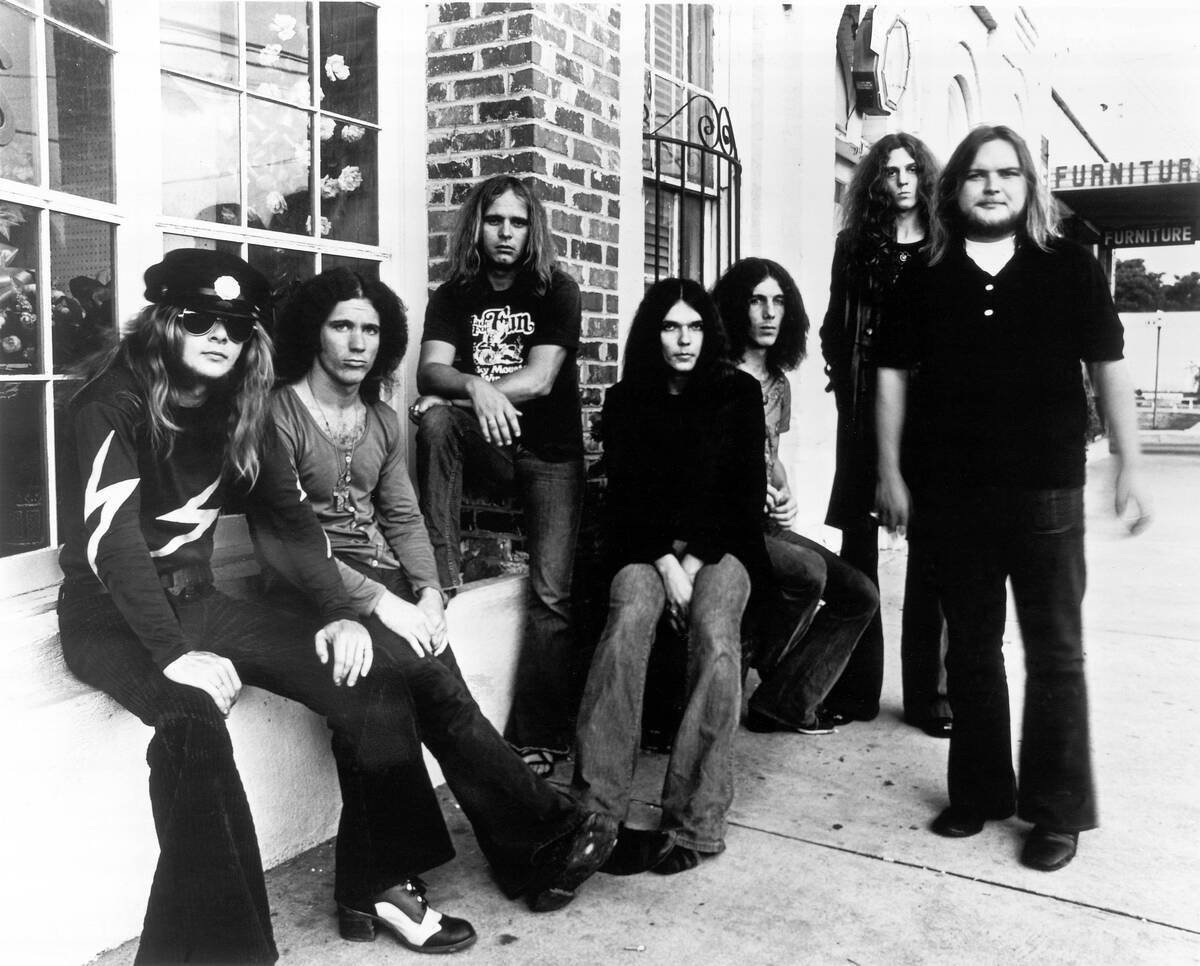
Lynyrd Skynyrd’s “Free Bird” is a tour de force of rock improvisation. Known for its extended guitar solo, the song originated as a simple ballad before evolving into a live showcase of the band’s musical prowess.
The iconic solo was largely improvised by guitarist Allen Collins, adding an element of spontaneity that became a hallmark of the band’s performances. “Free Bird” remains a fan favorite, its enduring appeal rooted in its blend of heartfelt lyrics and electrifying instrumentals.
“Layla” and the Love Triangle That Inspired It
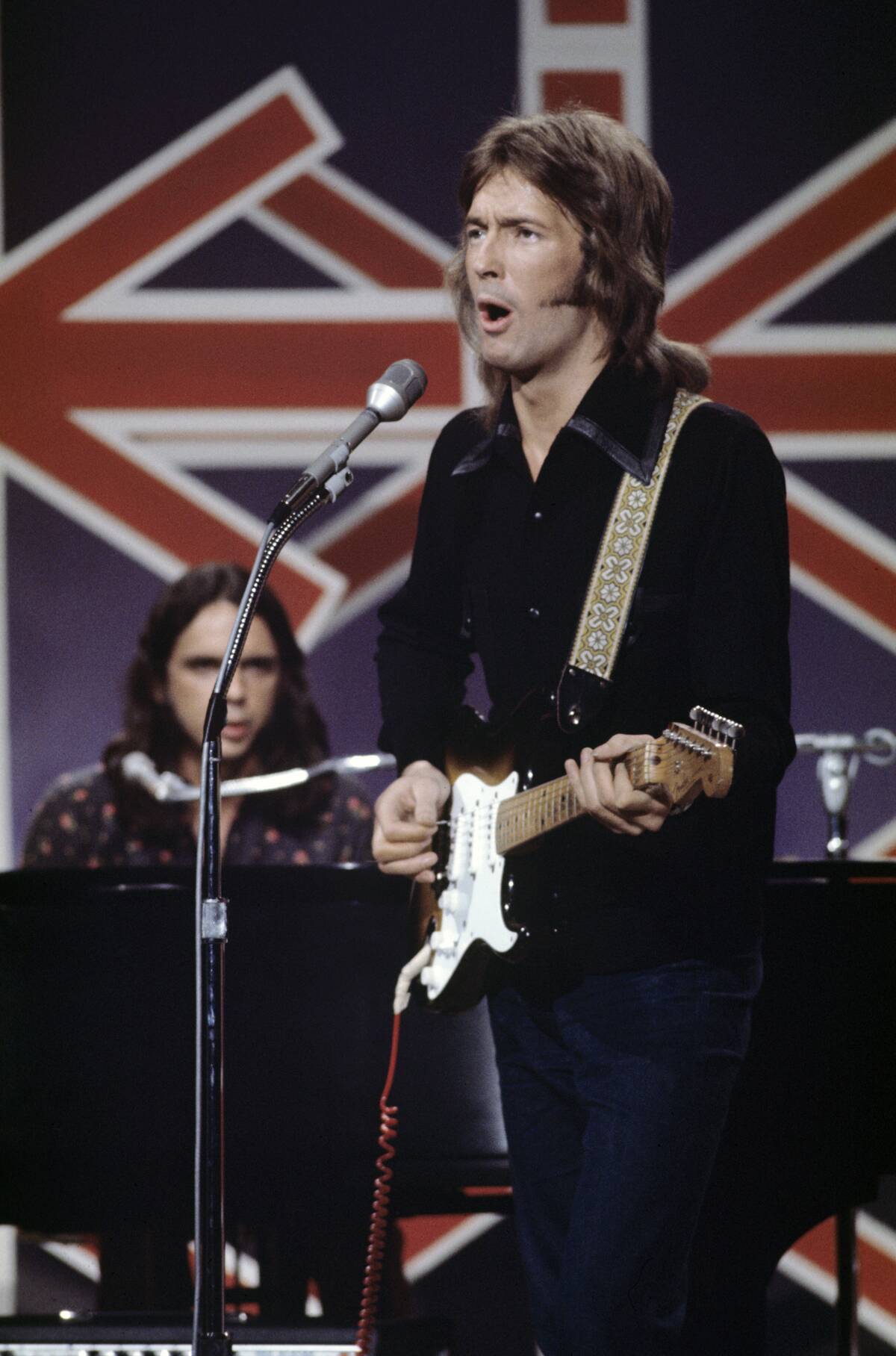
Eric Clapton and Jim Gordon’s “Layla” is a passionate plea of unrequited love, inspired by Clapton’s feelings for Pattie Boyd, the wife of his friend George Harrison. The song’s narrative, drawn from the Persian love story “Layla and Majnun,” mirrors Clapton’s own emotional turmoil.
Featuring a legendary guitar duet with Duane Allman, “Layla” is a testament to the power of music to convey deep personal longing, making it a standout track in Clapton’s illustrious career.
The Recording Session Woes of “Whole Lotta Love”

Led Zeppelin’s “Whole Lotta Love” is a powerhouse of rock, but its recording was not without challenges. The band faced technical difficulties, including issues with the studio’s equipment and the complex layering of tracks.
Despite these obstacles, the song’s primal energy and innovative use of stereo effects, particularly during the middle section, helped it become one of Zeppelin’s most enduring hits. Its success is a testament to the band’s determination to push musical boundaries.
“American Pie” and Its Cryptic References to Rock History

Don McLean’s “American Pie” is a musical journey through the history of rock ‘n’ roll, filled with cryptic references to cultural and historical events. The song famously references “the day the music died,” a nod to the plane crash that killed Buddy Holly, Ritchie Valens, and The Big Bopper.
McLean’s lyrics weave a tapestry of the changing times, capturing the spirit of a generation grappling with social upheaval. Its enigmatic nature invites listeners to delve into its rich symbolism.



